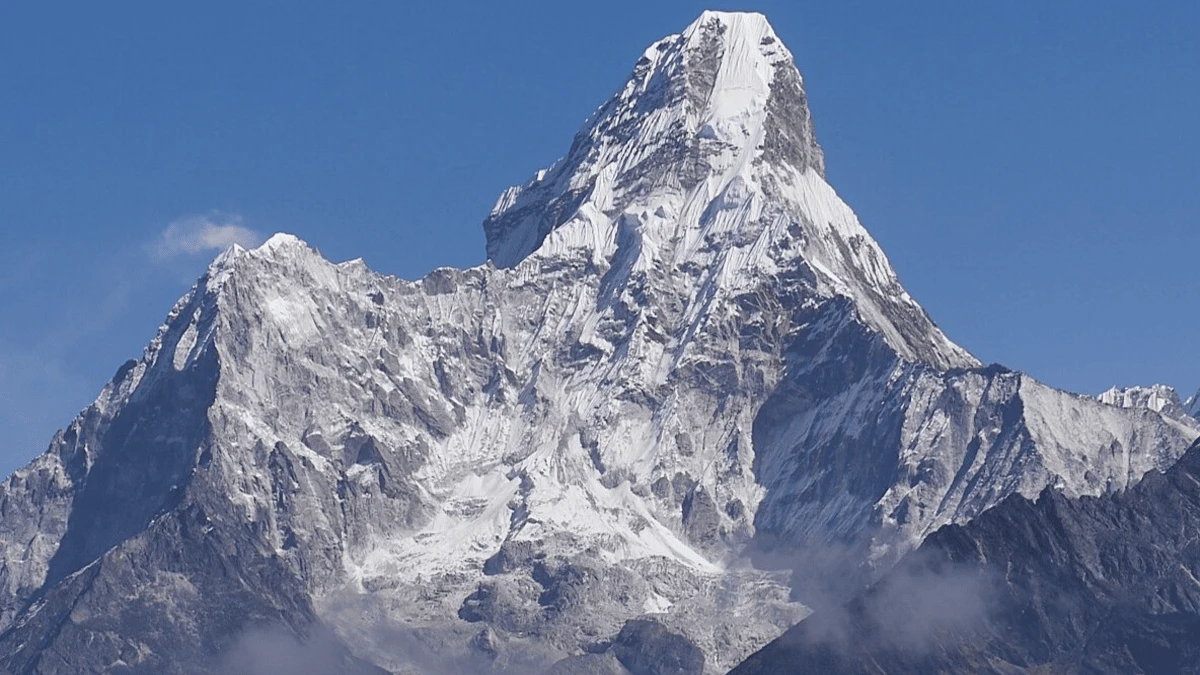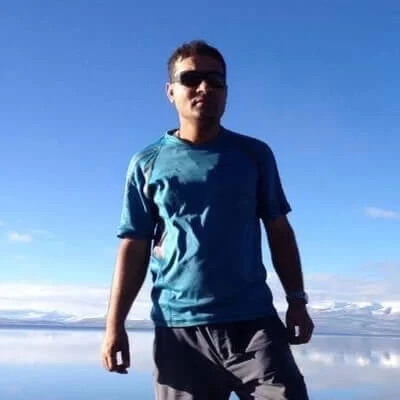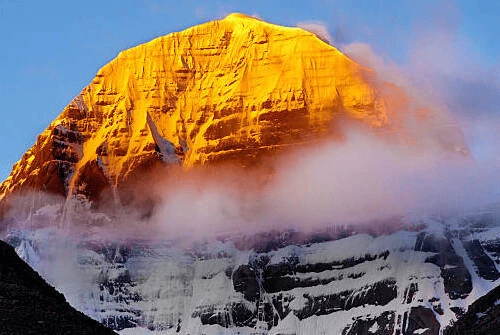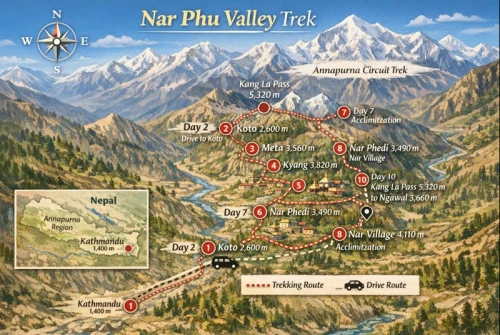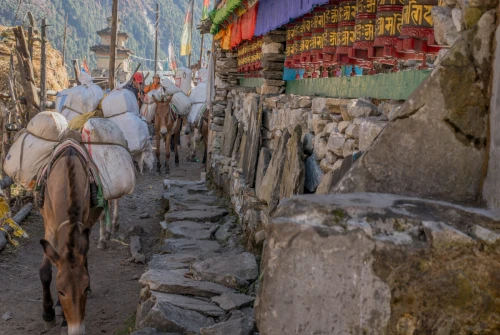Types of Trekking in Nepal
Nepal, renowned for its breathtaking Himalayan landscapes and diverse cultural heritage, offers a wide variety of trekking experiences catering to all levels of adventurers. From comfortable teahouse trails to remote camping expeditions, and culturally immersive journeys to restricted and exclusive routes, Nepal is truly a trekker’s paradise. Below is an in-depth guide to the most popular types of trekking in Nepal, along with examples of must-visit treks in each category.
Teahouse Trek in Nepal: Comfort Meets Adventure
Teahouse trekking is by far the most popular and accessible trekking style for visitors to Nepal. It offers the perfect balance between adventure and comfort, making it an ideal choice for solo travelers, families, and first-time trekkers. Along these well-established and well-marked trails, trekkers stay in cozy local guesthouses, commonly known as “teahouses.” These teahouses provide basic yet comfortable accommodation and delicious home-cooked meals, allowing trekkers to enjoy the stunning Himalayan landscapes without the burden of carrying heavy camping equipment.
One of the most rewarding aspects of teahouse trekking is the opportunity to connect with Nepal’s warm and welcoming local communities. Trekkers often interact with Nepalese families, experience authentic mountain hospitality, and learn about traditional lifestyles, customs, and culture enriching the trekking journey beyond just natural beauty.
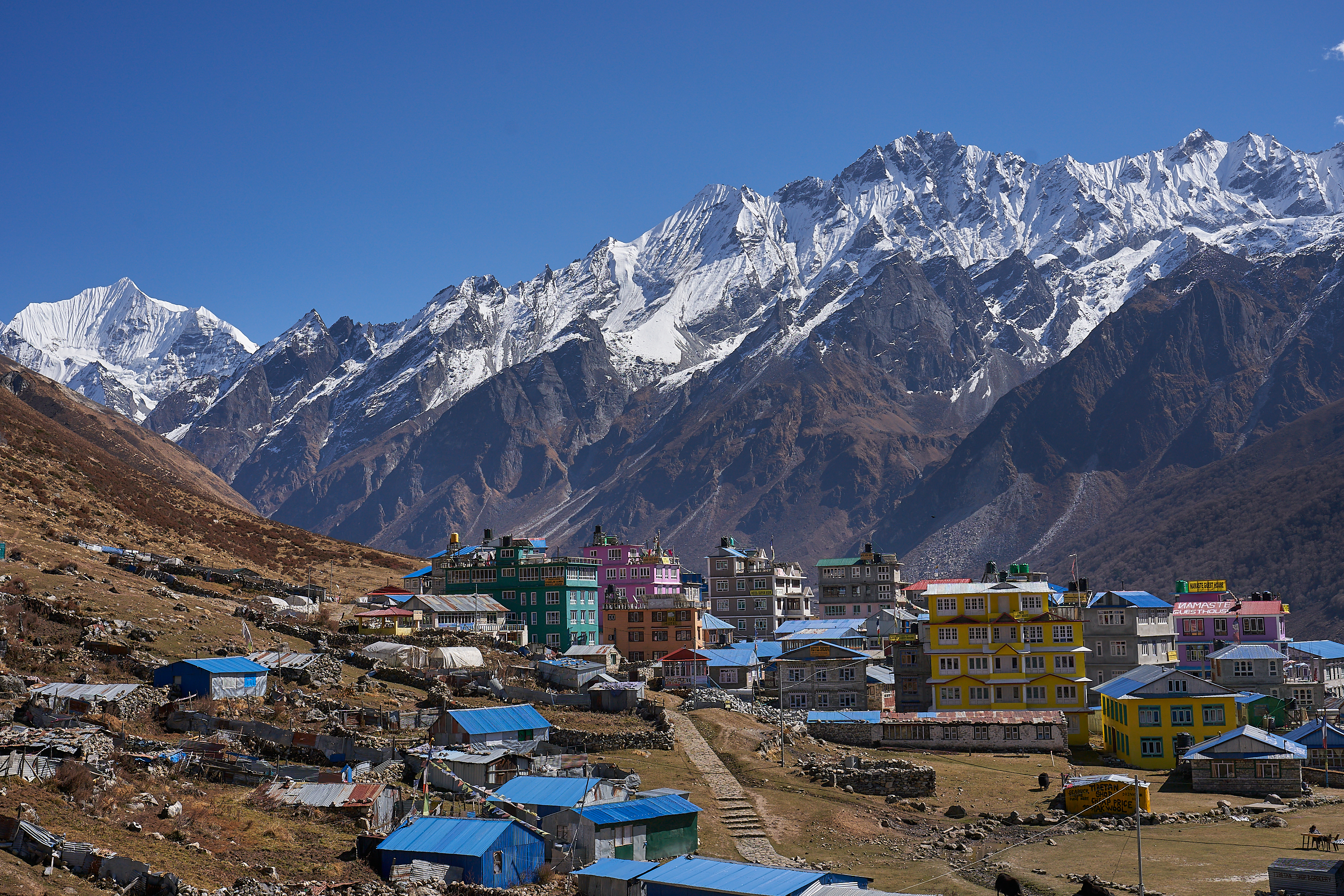
Best Features of Teahouse Trekking:
- Moderate trekking difficulty suitable for beginners and intermediate trekkers
- Well-marked and maintained trails for safety and ease of navigation
- Comfortable guesthouse accommodations with meals and basic amenities
- Opportunities for meaningful cultural interactions with local ethnic groups
- Budget-friendly trekking option requiring minimal gear
- Suitable for solo travelers, families, and groups seeking adventure without extreme hardship
Popular Teahouse Treks in Nepal
- Everest Base Camp Trek: This iconic trek offers an unparalleled experience of trekking to the base of the world’s highest peak, Mt. Everest (8,848 meters). The trail passes through Sherpa villages such as Namche Bazaar, Tengboche, and Dingboche, with breathtaking mountain vistas, ancient monasteries, and vibrant Sherpa culture. Ideal for trekkers looking to experience Himalayan grandeur and Sherpa hospitality.
- Annapurna Base Camp Trek: Nestled in the heart of the Annapurna massif, this trek takes you through lush alpine forests and rhododendron-covered hillsides, culminating at the Annapurna Sanctuary. Along the route, trekkers enjoy sweeping panoramic views of Annapurna I, Dhaulagiri, Machapuchare, and other towering peaks, balanced with cultural encounters in traditional Gurung and Magar villages.
- Poon Hill Trek: Famous for its spectacular sunrise views over the Annapurna and Dhaulagiri ranges, the Poon Hill trek is perfect for beginners and those seeking a short but rewarding Himalayan adventure. The trail offers comfortable teahouses and passes through charming villages surrounded by terraced fields and dense forests.
Camping Treks in Nepal: Wilderness and Remote Adventure
For trekkers looking to go beyond the beaten path, camping treks in Nepal offer a truly immersive experience in some of the country’s most remote and pristine wilderness areas. Unlike teahouse treks, where accommodations are readily available, camping treks require you to be self-sufficient either by carrying your own gear or trekking with a team of guides, porters, and cooks.
These treks often venture into isolated valleys, high mountain passes, and uninhabited regions, far from modern amenities and village settlements. Sleeping in tents under a star-lit Himalayan sky and waking up to the sound of nature brings a sense of solitude and connection to the environment that few other trekking styles can match.
Camping treks are best suited for experienced trekkers or those seeking complete escape from civilization, with a higher tolerance for physical exertion and rugged conditions.
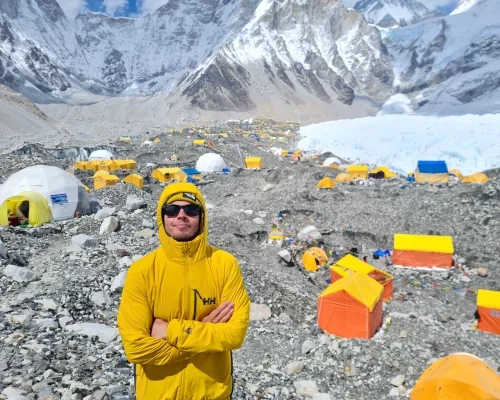
Best Features of Camping Treks:
- Complete immersion in nature, away from crowds and commercial trails
- Access to remote and less-traveled regions of the Himalayas
- Self-sufficient trekking with full support team (guides, porters, cooks)
- Incredible stargazing and camping experiences under open skies
- Ideal for wilderness lovers and seasoned adventurers
- Opportunity to explore high-altitude biodiversity and hidden valleys
Popular Camping Treks in Nepal
- Makalu Base Camp Trek: One of the most challenging and secluded treks in Nepal, this journey takes you deep into the eastern Himalayas. Trekkers are rewarded with close-up views of Mt. Makalu (8,485 meters), the world’s fifth highest mountain, along with diverse ecosystems ranging from tropical forests to arctic landscapes. This trek is ideal for adventure enthusiasts looking for solitude and raw Himalayan beauty.
- Upper Dolpo Trek: Often described as one of the last truly remote trekking experiences in Nepal, the Upper Dolpo region is a cultural and spiritual haven. The trail winds through high-altitude passes, deep valleys, and ancient Tibetan Buddhist villages, including visits to sacred Shey Gompa and the crystalline waters of Phoksundo Lake. A special permit is required, and the entire journey is conducted via fully supported camping logistics due to limited infrastructure.
Cultural Treks in Nepal: Discover Ethnic Heritage and Traditions
Nepal is not just a land of towering mountains , it's a vibrant cultural mosaic of over 125 ethnic groups, each with distinct languages, festivals, religions, and lifestyles. Cultural trekking in Nepal allows travelers to go beyond the physical journey and connect with the soul of the Himalayas, its people. These treks are designed to offer meaningful cultural immersion while still showcasing breathtaking natural landscapes.
Cultural treks typically follow scenic routes through traditional villages, ancient trade paths, Buddhist monasteries, and sacred heritage sites. Trekkers have the opportunity to stay in village homestays or family-run guesthouses, enjoy authentic local cuisine, and witness or even participate in traditional ceremonies, seasonal festivals, and daily rural life.
Whether you're fascinated by Tibetan Buddhism, ancient Himalayan architecture, or indigenous traditions, cultural trekking offers an enriching blend of nature, history, and human connection.
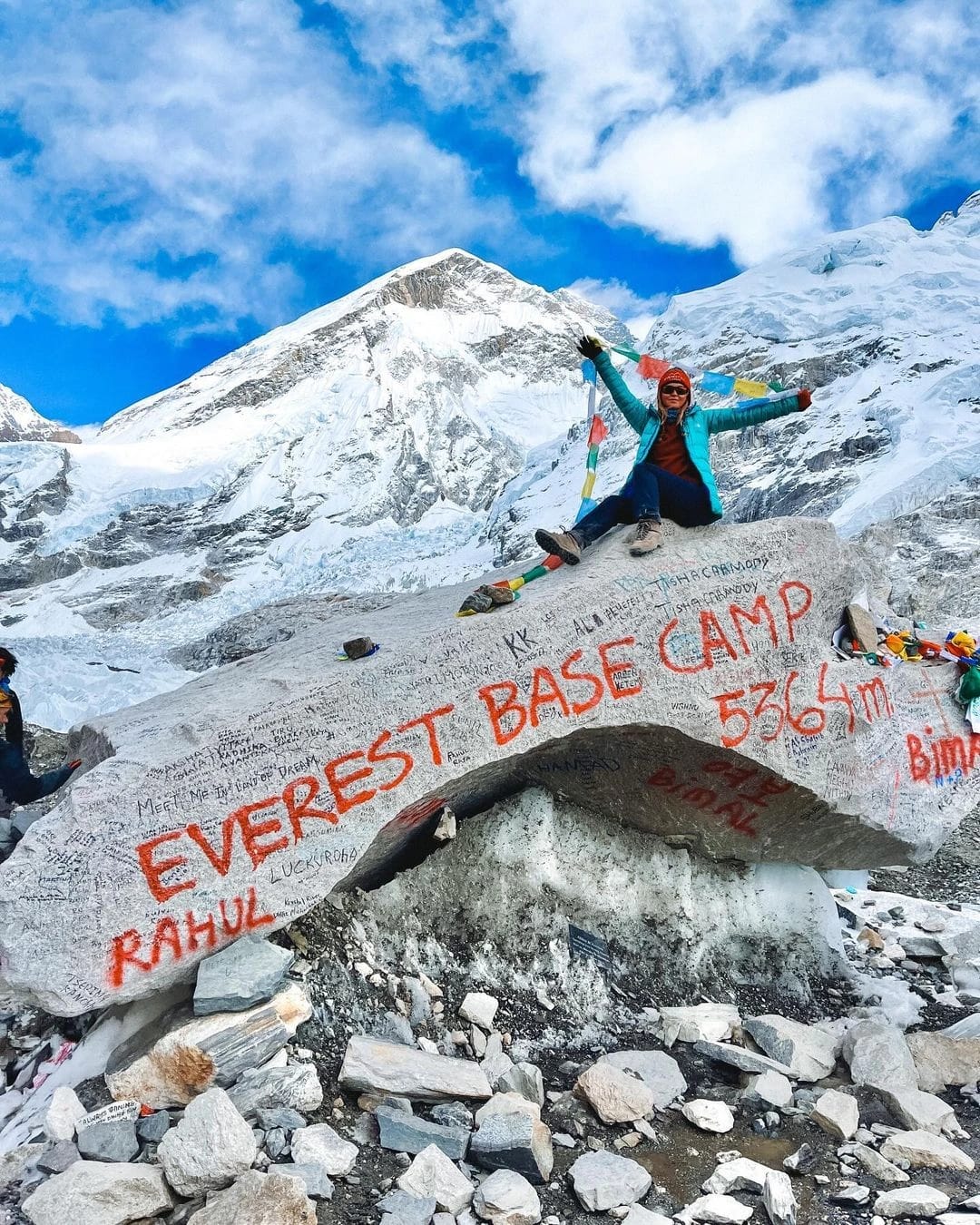
Best Features of Cultural Treks:
- Deep cultural immersion and authentic local experiences
- Village homestays and community-run lodges for meaningful interaction
- Insights into ethnic customs, crafts, and spiritual practices
- Access to ancient monasteries, traditional music, and heritage sites
- Opportunities to witness seasonal festivals and local celebrations
- Perfect for cultural travelers, photographers, and slow-paced trekkers
Popular Cultural Treks in Nepal
- Tamang Heritage Trek: Located in the Langtang region near the Tibetan border, this trek offers a unique glimpse into the life of the Tamang people, one of Nepal’s oldest ethnic communities. The route passes through traditional villages, Buddhist chortens, and terraced fields, with majestic views of Langtang Lirung. Ideal for cultural immersion and moderate hiking.
- Upper Mustang Trek: Often referred to as the “Last Forbidden Kingdom,” Upper Mustang offers a rare journey into a preserved Tibetan-influenced culture. This restricted area trek takes you to Lo Manthang, a medieval walled city, and introduces you to centuries-old monasteries, cave dwellings, and desert-like landscapes. The Tiji Festival, held annually, is a major highlight for cultural trekkers.
- Helambu Trek: Just a short drive from Kathmandu, the Helambu region is home to the Helambu Sherpa community culturally distinct from the Everest Sherpas. This easy and accessible trek is perfect for those short on time but eager to experience Buddhist culture, monasteries, and traditional mountain hospitality.
Restricted Area Treks in Nepal: Exclusive and Protected Routes
Restricted area treks in Nepal offer a rare chance to explore some of the country’s most remote, culturally sensitive, and environmentally fragile regions. These areas are designated as "restricted" by the Government of Nepal due to their strategic location (often near international borders), unique cultural significance, or the need for ecological preservation.
To trek in these regions, special permits are mandatory, and in most cases, you must trek with a registered guide through a licensed trekking agency. While this adds some logistical planning, it also ensures that tourism remains sustainable and respectful to the local culture and environment.
These treks appeal most to seasoned adventurers and cultural travelers who are looking for off-the-beaten-path experiences, far from the busier trekking corridors. In return for the added effort, trekkers are rewarded with untouched landscapes, authentic cultural encounters, and some of the most exclusive trekking routes in the Himalayas.
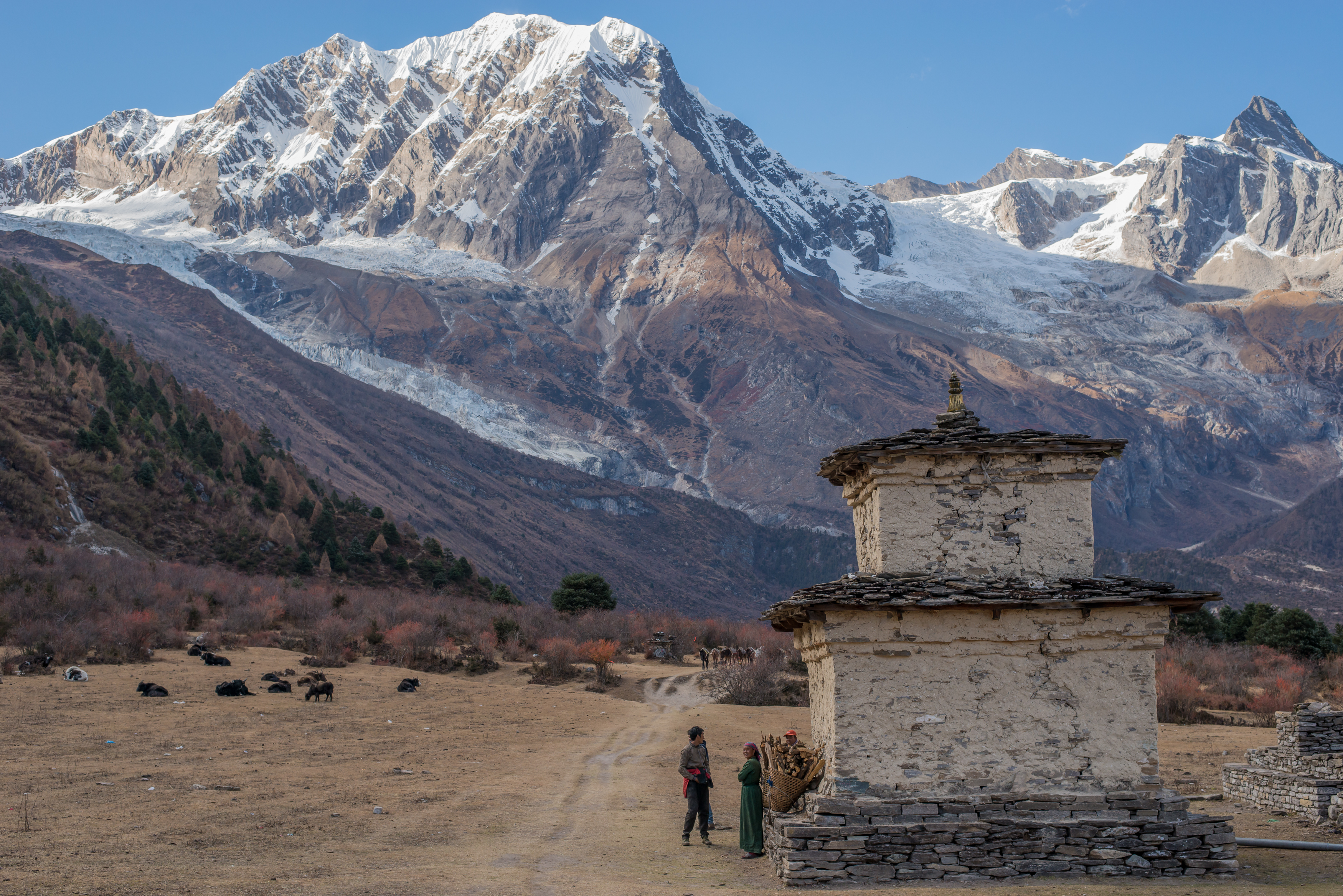
Best Features of Restricted Area Treks:
- Access to remote and culturally protected regions of Nepal
- Fewer tourists, offering a more exclusive and serene trekking experience
- Rich in Tibetan Buddhist culture, ancient monasteries, and spiritual heritage
- Requires licensed guides and special permits for conservation and safety
- Ideal for experienced trekkers seeking adventure and cultural depth
- Enhanced eco-tourism that supports local communities and sustainable travel
Popular Restricted Area Treks in Nepal
- Manaslu Circuit Trek: A spectacular trek that circumnavigates Mount Manaslu (8,163m), the eighth-highest mountain in the world. The trail passes through remote Tibetan-influenced villages, high mountain passes like Larkya La, and untouched natural beauty. It’s a less-crowded alternative to the Annapurna Circuit, with the added appeal of restricted area exclusivity.
- Upper Mustang Trek: Trekking in Upper Mustang is like walking through a living museum of Tibetan culture. This once-forbidden kingdom was only opened to foreigners in 1992 and still retains its medieval heritage. From the ancient city of Lo Manthang to the mystical Tiji Festival, this trek offers a deep dive into Tibetan Buddhism, dramatic desert landscapes, and rock-carved caves filled with historical artifacts.
- Upper Dolpo Trek: One of the most remote and challenging treks in Nepal, Upper Dolpo is a sanctuary of Tibetan culture, sacred lakes, and spiritual monasteries. Highlights include Shey Phoksundo Lake, Shey Gompa, and traversing high passes above 5,000 meters. With few trekkers and no teahouses, this is a full camping trek and a dream for true Himalayan explorers.
- Manaslu Circuit Tsum Valley Trek: This exceptional trek blends the rugged grandeur of the Manaslu Circuit with the spiritual seclusion of the Tsum Valley, offering one of the most immersive cultural journeys in Nepal. Traversing high mountain passes, deep river gorges, and ancient trade routes, trekkers are rewarded with awe-inspiring Himalayan views and intimate encounters with traditional Tibetan communities. From the sacred caves of Milarepa to the serene monasteries of Mu Gompa, this trek unveils two restricted areas in one unforgettable expedition ideal for those seeking both adventure and spiritual discovery.
- Tsum Valley Trek: Known as the "Hidden Valley of Happiness," Tsum Valley remains one of Nepal’s most sacred and untouched trekking regions. Shielded by towering peaks and isolated from the outside world for centuries, the valley exudes a sense of peace and devotion.Trekkers walk through quiet stone hamlets, visit ancient Buddhist monasteries like Rachen Gompa and Mu Gompa, and encounter yak caravans moving along centuries-old trails. Perfect for those in search of tranquility, cultural richness, and a deeply spiritual Himalayan journey.
- Lower Dolpo Trek: An off-the-grid adventure into Nepal’s mystical west, the Lower Dolpo Trek traverses dramatic terrain marked by high passes, alpine meadows, and ancient Bon-po monasteries. Unlike the more remote Upper Dolpo, this trek remains more accessible while still offering an authentic wilderness experience. The turquoise waters of Phoksundo Lake, with its sheer cliffs and sacred surroundings, is a highlight, as are the isolated villages where Tibetan-influenced customs are preserved in daily life. Ideal for trekkers looking for solitude, natural beauty, and rich spiritual culture in one of Nepal's least-visited regions.
- Nar Phu Valley Trek : Hidden in the shadows of the Annapurna range, the Nar Phu Valley Trek opens a gateway to a stark and spectacular Himalayan world, untouched by time. These remote Tibetan villages Nar and Phu remain culturally preserved and rarely visited, offering a rare glimpse into medieval Himalayan life.Expect dramatic gorges, stone-fortress homes, prayer-flag-strewn passes, and ancient monasteries perched on cliffsides. This trek is a raw, off-the-beaten-path experience for those seeking genuine cultural encounters, rugged landscapes, and the quiet mystery of a forbidden land.
Restricted area treks in Nepal are not just hikes, they are profound journeys into regions where nature, history, and spirituality remain untouched by time. For those seeking a more meaningful and less commercialized Himalayan experience, these treks are the ultimate adventure.
Whether you're drawn to the comfort and camaraderie of teahouse treks, the raw solitude of remote camping expeditions, deep cultural immersion, or the exclusivity of restricted area adventures, Nepal offers a trekking experience for every kind of traveler.
Each trail unveils a unique blend of majestic Himalayan landscapes, vibrant local cultures, and spiritual depth, making Nepal one of the most extraordinary trekking destinations on Earth. From well-trodden classics to hidden valleys few have seen, the journey here is always more than just a trek, it's a life-changing adventure.
Best Trekking Packages in Nepal for 2026/027
Whether you're a first-time trekker or a seasoned high-altitude adventurer, Nepal offers an incredible variety of trekking experiences. From iconic trails like Everest Base Camp to remote hidden valleys like Upper Dolpo, each route showcases the country’s majestic landscapes, cultural richness, and spiritual heritage.
Here are the best trekking packages in Nepal for 2026/2027, complete with key details to help you find your perfect adventure:
Everest Base Camp Trek
The Everest Base Camp Trek is the iconic Himalayan adventure, allowing trekkers to reach the foothills of the world’s highest peak, Mount Everest (8,848m). This 12–16 day moderate trek peaks at Kala Patthar (5,600m), offering breathtaking panoramic views of Everest, Lhotse, and Nuptse. Along the route, trekkers pass through traditional Sherpa villages like Namche Bazaar and Tengboche, where the famous Tengboche Monastery is located. The journey through rhododendron forests, suspension bridges, and glacial valleys is an immersive cultural and natural experience. Acclimatization days are included to prevent altitude sickness, and teahouses provide comfort and local hospitality. Besides the stunning scenery, trekkers experience Sherpa culture, Buddhist prayer flags, and the vibrant Himalayan lifestyle. EBC is a bucket-list trek combining physical challenge with a profound connection to nature and culture, perfect for those seeking a classic Himalayan adventure.
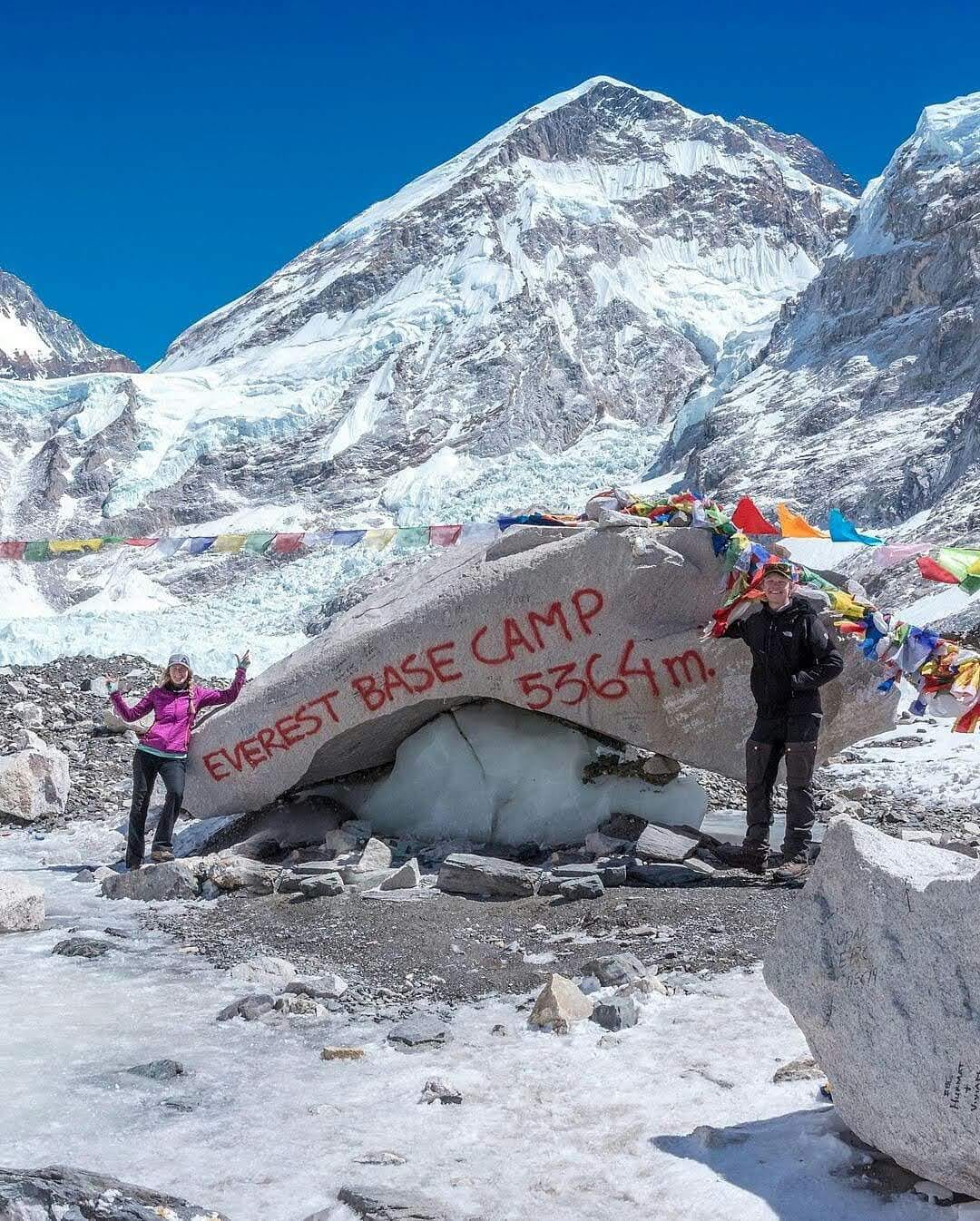
Annapurna Base Camp Trek
The Annapurna Base Camp Trek offers a perfect blend of natural beauty and cultural richness within 7–11 days. Reaching 4,320 meters, the trek leads to the stunning Annapurna Sanctuary, encircled by towering peaks like Annapurna I and Machhapuchhre. This moderate trek moves through diverse environments from lush subtropical forests and terraced farmlands to alpine meadows. Along the way, trekkers pass through traditional Gurung and Magar villages, where local hospitality shines in teahouses and homestays. The trail is rich with birdlife, rhododendron blooms, and panoramic mountain views. ABC is ideal for trekkers wanting a shorter but rewarding experience, with varied scenery, cultural immersion, and less demanding altitude gain than longer treks.

Annapurna Circuit Trek
The Annapurna Circuit Trek is one of Nepal’s most diverse treks, lasting 11–17 days and ascending to 5,416 meters at Thorong La Pass. This moderate trek offers an ever-changing landscape—from tropical forests to high alpine terrain—showcasing the grandeur of Annapurna, Dhaulagiri, and Manaslu ranges. Trekkers encounter multiple ethnic cultures including Gurung, Thakali, and Tibetan influences. Key stops include the picturesque Manang Valley and the sacred pilgrimage site of Muktinath Temple. The trail’s mixture of river gorges, terraced fields, and high mountain passes makes it a physically rewarding trek, blending natural beauty with cultural richness. It’s a classic Himalayan trek that appeals to adventurers seeking varied scenery and deep cultural encounters.
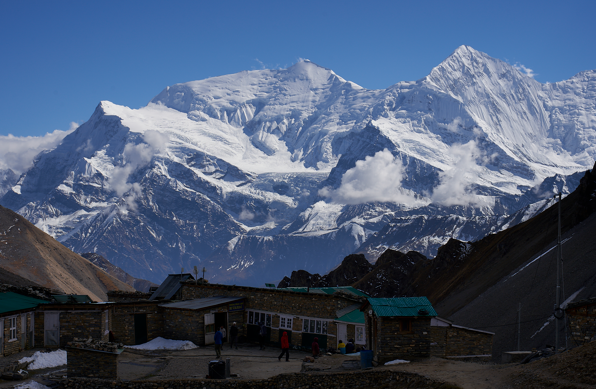
Langtang Valley Trek
The Langtang Valley Trek is a peaceful and less crowded trek lasting 5–9 days, reaching up to 4,984 meters at Tsergo Ri. Nestled close to Kathmandu, the trail explores glacier-carved valleys, dense rhododendron forests, and Tibetan-influenced villages inhabited by Tamang and Sherpa communities. Highlights include Kyanjin Gompa, a remote monastery famous for yak cheese production, and spectacular views of Langtang Lirung. The region is rich in wildlife and natural beauty and was resiliently rebuilt after the devastating 2015 earthquake. This trek is perfect for those seeking serenity, cultural immersion, and close-to-city access without sacrificing Himalayan grandeur.
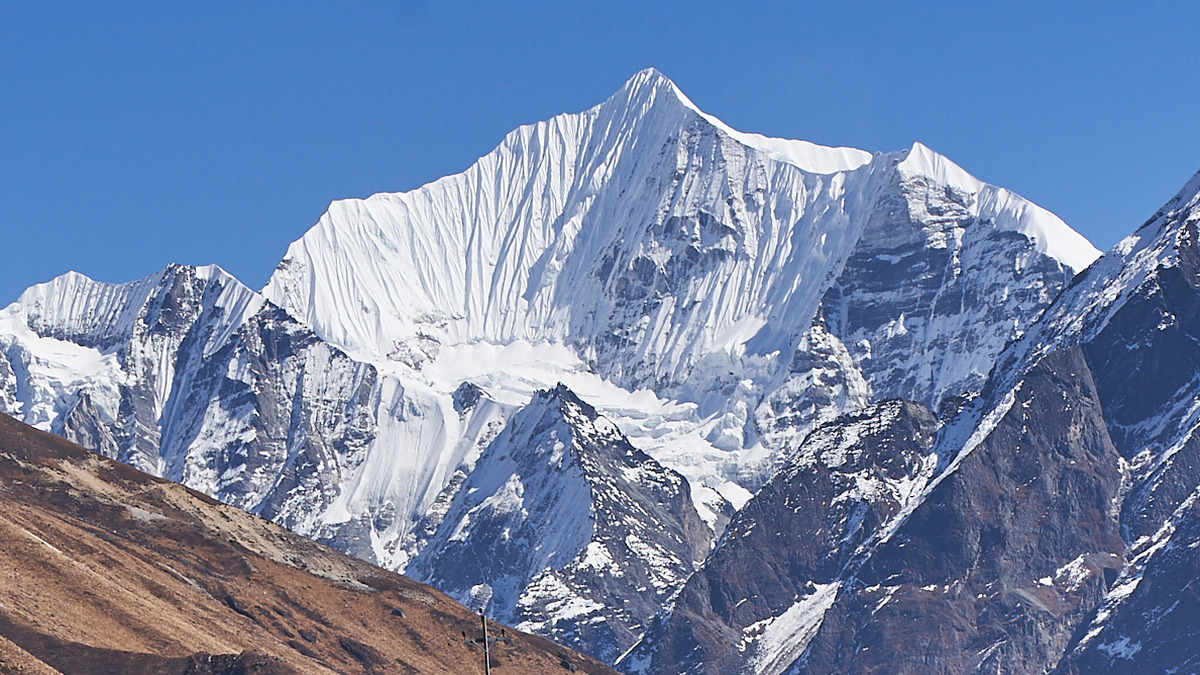
Manaslu Circuit Trek
The Manaslu Circuit is a remote, challenging trek circling Mount Manaslu (8,163m), Nepal’s eighth highest peak. Taking 14–16 days, this difficult trek climbs to 5,106 meters at Larkya La Pass, crossing rugged terrain and passing through Tibetan-influenced villages such as Samagaon and Samdo. As a restricted area trek, it requires special permits, offering solitude away from crowded trails. Trekkers experience authentic Himalayan culture, ancient monasteries, and pristine landscapes, including snow-capped peaks, deep valleys, and rhododendron forests. The journey provides a rewarding blend of wilderness, cultural richness, and high-altitude adventure for experienced trekkers seeking a truly off-the-beaten-path experience.
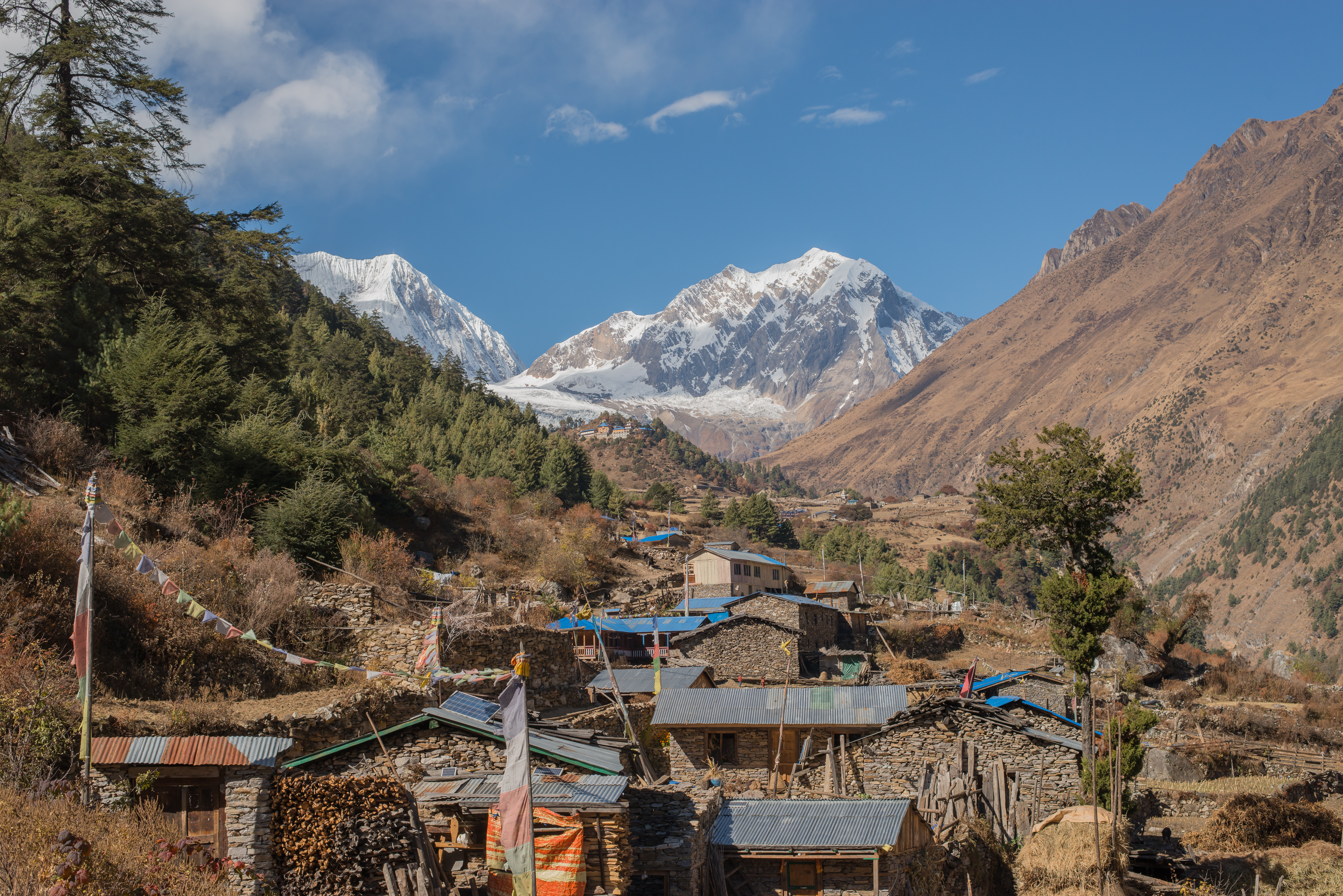
Mardi Himal Trek
The Mardi Himal Trek is a short but spectacular trek lasting 6–8 days with a maximum elevation of 4,500 meters. It’s considered an easy to moderate trek, ideal for those wanting stunning mountain views without the crowds. The trail winds through rhododendron forests and small villages, offering close-up views of Annapurna South, Machhapuchhre (Fishtail), and Mardi Himal peaks. The route offers a peaceful, natural experience with charming local homestays and fewer trekkers. The highlight is reaching Mardi Himal Base Camp, where panoramic Himalayan vistas await. It’s a perfect trek for nature lovers seeking a quieter alternative to the popular Annapurna routes.

Upper Mustang Trek
The Upper Mustang Trek takes you into the ancient Tibetan kingdom of Lo, a restricted desert-like area rich in history and culture. Lasting 13–16 days, this moderate to difficult trek reaches about 3,810 meters. Known as the “Last Forbidden Kingdom,” Upper Mustang features stark red cliffs, deep caves, and walled villages such as Lo Manthang. The trek offers an extraordinary cultural immersion into Tibetan Buddhism, with festivals like the Tiji Festival enriching the experience. Its unique desert landscape and rare accessibility make it a must-do for trekkers interested in history, culture, and stunning Himalayan views.
Poon Hill Trek
The Poon Hill Trek is an ideal introduction to Himalayan trekking, perfect for beginners. Lasting 5–7 days with a maximum elevation of 3,210 meters, it offers incredible sunrise views over Annapurna and Dhaulagiri ranges from Poon Hill viewpoint. The trail passes through charming Gurung and Magar villages like Ghorepani, dense rhododendron forests, and terraced fields. This easy to moderate trek combines beautiful scenery with cultural encounters, making it popular for those seeking a short, rewarding Himalayan experience without extreme altitude.
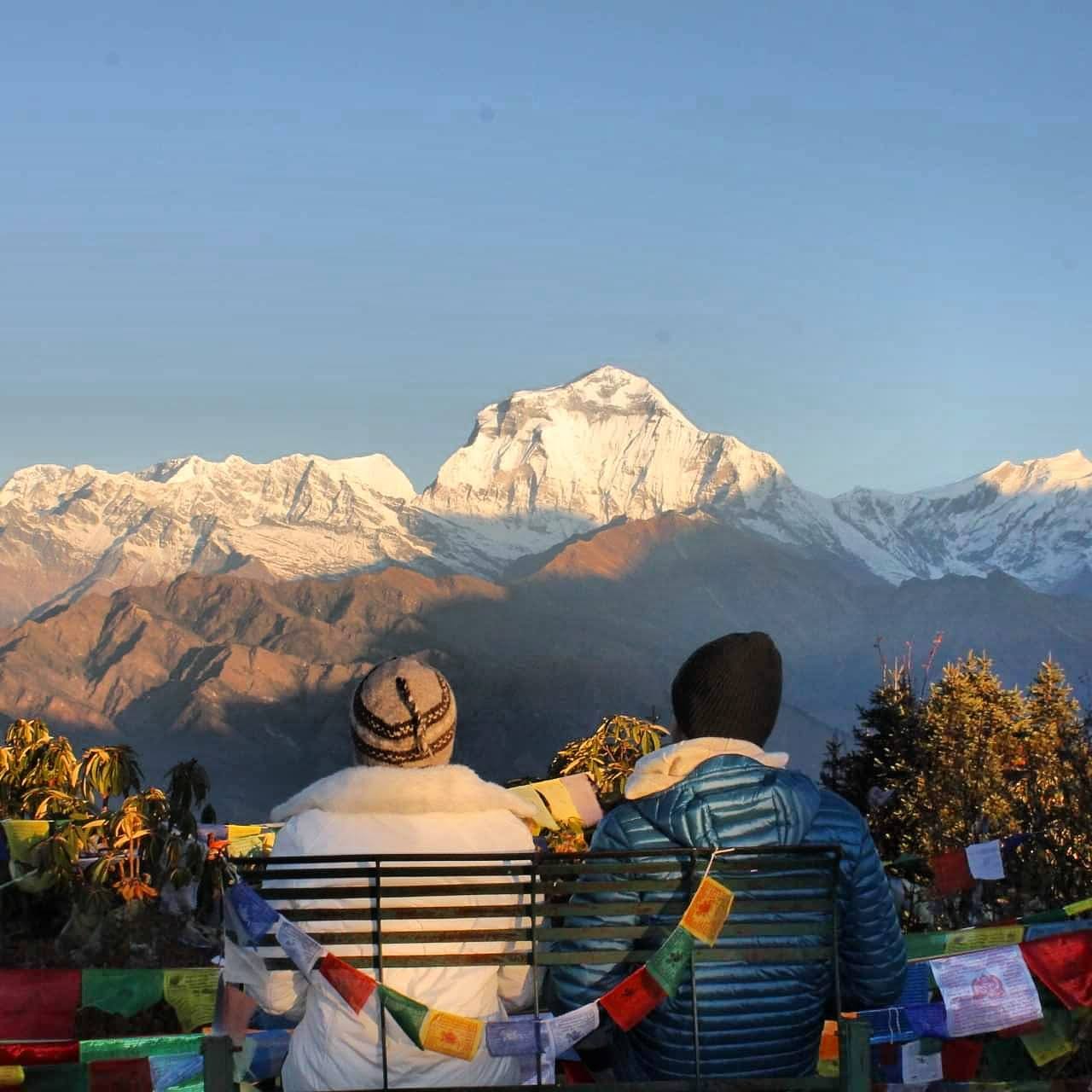
Nar Phu Valley Trek
The Nar Phu Valley Trek is a challenging and remote trek of 15–18 days, reaching 5,322 meters at Kang La Pass. Nestled behind the Annapurna range, this hidden valley preserves Tibetan culture and ancient villages locked in time. Trekkers traverse dramatic gorges, stone-walled settlements, colorful chortens, and monasteries, offering an immersive cultural and natural journey. Due to its restricted status, permits are required, and the trail remains less frequented, appealing to experienced trekkers craving solitude and authentic Himalayan culture.
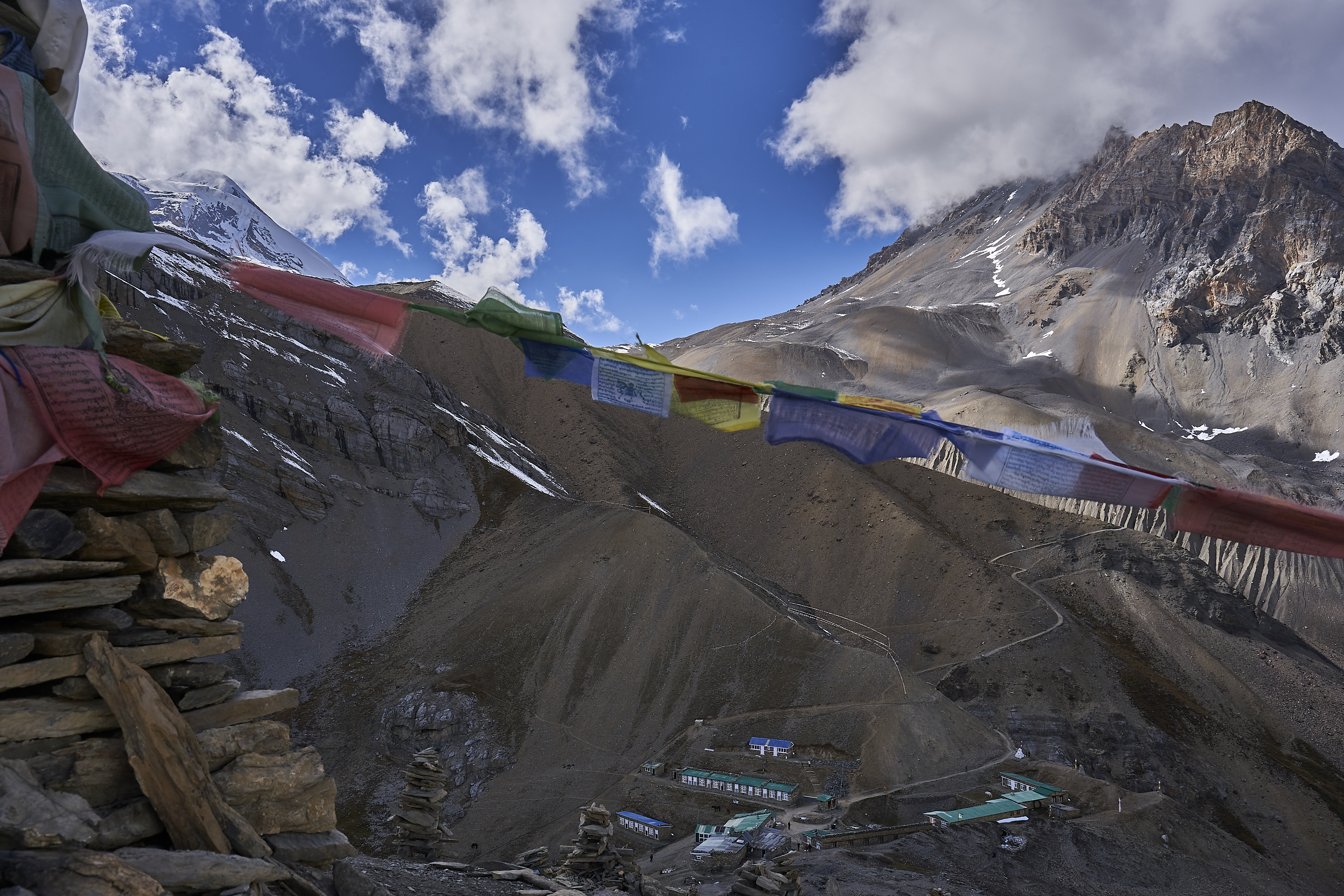
Gokyo Valley Trek
The Gokyo Valley Trek is a stunning alternative to the traditional Everest Base Camp trek, lasting 12–15 days with a maximum altitude of 5,357 meters at Gokyo Ri. The trek leads to the serene Gokyo Lakes, the highest freshwater lake system in the world, and crosses the vast Ngozumpa Glacier. The panoramic views of Everest, Cho Oyu, Lhotse, and Makalu from Gokyo Ri are breathtaking. The route passes through Sherpa villages and Buddhist monasteries, combining natural beauty with cultural richness. This moderately difficult trek suits those wanting Everest region views without the heavy crowds of the classic EBC route.

Upper Dolpo Trek
The Upper Dolpo Trek is one of Nepal’s most remote and culturally unique treks, taking 20–25 days and reaching altitudes around 5,250 meters. Situated in the far western region, Upper Dolpo preserves ancient Tibetan culture, sacred monasteries, and pristine natural landscapes, including the stunning Phoksundo Lake. This trek is mostly camping-based, with few teahouses, requiring self-sufficiency. The area’s rugged terrain and high passes make it challenging but immensely rewarding for experienced trekkers seeking solitude and cultural immersion in one of the last Himalayan wildernesses untouched by mass tourism.
Everest Three Passes Trek
The Everest Three Passes Trek is among the most challenging in Nepal, lasting 18–25 days and reaching a maximum elevation of 5,545 meters. This demanding trek links three major high passes: Renjo La, Cho La, and Kongma La, crossing four different Everest valleys. Trekkers experience spectacular mountain vistas, including views of Everest, Lhotse, and Ama Dablam. The route combines the highlights of Everest Base Camp with more remote trails and less crowded paths. It includes cultural experiences in Sherpa villages and offers outstanding photo opportunities. This trek is recommended for fit and experienced adventurers seeking a high-altitude challenge with rich rewards.

Which Trek Is Right for You?
First-time Trekkers
If you’re new to trekking and looking for a gentle introduction that combines stunning mountain views with cultural experiences, these treks are ideal.
- Poon Hill Trek offers spectacular sunrise views over the Annapurna and Dhaulagiri ranges and passes through charming Gurung villages.
- Mardi Himal Trek provides a quieter alternative with close-up views of Machhapuchhre and Annapurna South, combined with serene forest trails.
- Everest View Trek is perfect for those who want a glimpse of Everest without the strenuous hike, including visits to Sherpa villages and monasteries.
- Royal Trek follows historic routes through the Kathmandu Valley and nearby hills, blending natural beauty with local culture and heritage.
These treks are generally moderate in difficulty and suitable for anyone with basic fitness.
Culture & Religion Enthusiasts
For travelers seeking a deep dive into Himalayan spirituality, ancient traditions, and unique cultures, these treks offer rich cultural immersion.
- Tsum Valley Trek is a hidden Himalayan valley filled with ancient Buddhist monasteries, sacred caves, and vibrant festivals.
- Upper Mustang Trek explores the ancient walled city of Lo Manthang and showcases Tibetan Buddhist culture amid arid desert landscapes.
- Tamang Heritage Trek traces the roots of the Tamang community, with monasteries, traditional villages, and panoramic mountain vistas.
- Nar Phu Valley Trek takes you to isolated Tibetan villages with ancient customs, prayer flags, and rugged mountain scenery.
These routes provide a meaningful journey into Nepal’s spiritual heartland, often with fewer tourists.
High Altitude & Challenge Seekers
Experienced trekkers looking for physical challenge and high-altitude adventure will find these treks thrilling and rewarding.
- Everest Three Passes Trek crosses three demanding passes above 5,000 meters and links Everest’s major valleys, offering unparalleled Himalayan panoramas.
- Manaslu Circuit Trek circles the majestic Mount Manaslu and requires endurance to navigate high passes like Larkya La, along with stunning cultural and natural highlights.
- Kanchenjunga Trek ventures into Nepal’s eastern Himalayas, exploring remote villages, high passes, and the world’s third-highest peak.
Expect tough terrain, long days, and the need for excellent acclimatization on these demanding routes.
Less Crowded Trails
If you prefer peace, solitude, and unspoiled wilderness, these remote treks are perfect to escape the crowds.
- Upper Dolpo Trek is one of Nepal’s most isolated regions, with Tibetan-style villages, pristine lakes, and a full camping experience.
- Rara Lake Trek offers serene views of Nepal’s largest lake surrounded by untouched forests and wildlife.
- Makalu Base Camp Trek takes you to the base of the world’s fifth-highest peak, through rugged terrain and rarely visited villages.
These treks are ideal for adventurers seeking authenticity and tranquility.
Short & Scenic
Pressed for time but still want to soak in Nepal’s natural beauty? These shorter treks provide stunning views and cultural highlights in just a few days.
- Panchase Trek combines panoramic mountain views with rhododendron forests and local villages near Pokhara.
- Chisapani Nagarkot Trek is a gentle hill hike near Kathmandu, offering spectacular sunrise views of the Himalayas and peaceful forest trails.
- Helambu Trek features Buddhist monasteries, Sherpa culture, and apple orchards, making it an excellent short escape.
Perfect for those who want a quick Himalayan fix without a long expedition.
Best Time for Trekking in Nepal
Nepal’s diverse climate and geography mean that trekking conditions vary significantly throughout the year. Choosing the right season can make a huge difference in your experience, safety, and enjoyment. Here’s a detailed breakdown of each trekking season:
Spring (March–May)
Spring is arguably the most favored trekking season in Nepal. The weather is mild and pleasant, with daytime temperatures generally ranging between 15°C to 25°C (59°F to 77°F) in the trekking regions. This season is famous for its spectacular rhododendron blooms, painting the forests in brilliant reds, pinks, and whites—especially noticeable along trails in the Annapurna and Langtang regions.
The skies are usually clear, providing unobstructed, breathtaking views of the Himalayas. The combination of blooming flora, moderate temperatures, and stable weather makes spring ideal for treks like Everest Base Camp, Annapurna Circuit, and Manaslu Circuit.
Additionally, spring hosts numerous vibrant local festivals such as Holi and Bisket Jatra, giving trekkers an excellent opportunity to engage with Nepal’s rich cultural traditions.
Autumn (September–November)
Autumn is widely regarded as the best overall trekking season in Nepal, offering stable weather, crisp air, and excellent mountain visibility after the monsoon rains have washed away the dust and haze.
Temperatures during the day hover between 10°C and 20°C (50°F to 68°F) at moderate altitudes, with cooler nights that require warm layers. The landscapes are lush and green, the rivers swollen but calm, and the trails are generally dry and firm.
This is the busiest trekking season, attracting both international visitors and local trekkers. Popular routes like the Annapurna Circuit, Everest Base Camp, and Langtang see their highest foot traffic. If you don’t mind the crowds, autumn promises some of the most spectacular Himalayan panoramas, perfect for photography and sightseeing.
Monsoon (June–August)
The monsoon season in Nepal brings heavy and persistent rainfall, especially in the southern and mid-hill regions. The wet conditions make trekking challenging and risky, as trails can become slippery and muddy, and landslides are common, particularly on exposed mountain paths.
Visibility is often poor due to cloud cover and fog, obscuring mountain views and limiting photo opportunities. Many high passes and trails at elevations above 3,000 meters become unsafe or inaccessible.
Despite these challenges, the monsoon season also transforms Nepal’s landscapes into lush, vibrant green valleys and dense forests, creating a unique and serene atmosphere for trekkers who prefer solitude. Lower-altitude treks like Ghorepani Poon Hill or cultural village walks can be enjoyable if you are prepared with proper rain gear.
Monsoon trekking is best suited for experienced hikers who enjoy off-season adventures and don’t mind the wet conditions.
Winter (December–February)
Winter in Nepal can be harsh, especially at high altitudes where temperatures frequently drop below freezing, often reaching -15°C (5°F) or colder at night. Snowfall is common, and many high mountain passes are closed, making some classic trekking routes inaccessible.
Lower altitude treks in the Kathmandu Valley, Langtang, and Annapurna foothills remain open, though the cold can be biting, particularly at dawn and dusk. Daytime temperatures in these regions usually range from 5°C to 15°C (41°F to 59°F).
Winter trekking rewards those who are well-prepared with clear skies, crisp air, and quieter trails. The snow-capped peaks glisten against the bright blue skies, offering some of the most stunning mountain views. It’s ideal for trekkers looking for solitude and who have the gear and experience to handle freezing conditions.
Solo vs. Group Treks in Nepal: What’s Best for You?
Solo Treks
Trekking solo in Nepal offers unmatched freedom, allowing you to explore at your own pace and fully immerse yourself in the Himalayan wilderness. It’s perfect for those seeking self-discovery, solitude, and a more personal connection with nature. Solo treks can be more cost-effective since you control your budget and itinerary. However, trekking alone requires strong navigation skills, good physical fitness, and the ability to handle emergencies independently. Additionally, many restricted area treks like the Manaslu Circuit or Upper Mustang mandate hiring certified guides, which limits solo trekking options in these regions.
Group Treks
Joining a group trek means benefiting from expert guides, porters, and a support team that handle logistics, ensuring a safe and hassle-free journey. Group treks provide rich cultural insights through knowledgeable guides, enhancing your understanding of Nepal’s diverse traditions. They also make it easier to access restricted regions, where permits often require group travel with official guides. Plus, group treks foster a wonderful social experience, allowing you to bond with fellow trekkers. The trade-off is less flexibility, as you follow the group’s pace and schedule, and sometimes a higher cost due to support staff.
Choosing between solo and group trekking depends on your experience, fitness, and travel style. If you crave independence and have trekking experience, solo treks on popular routes like Poon Hill or Mardi Himal are great. For first-timers or those targeting restricted and high-altitude areas, group treks offer safety, culture, and convenience.
Preparing for a Trekking in Nepal
Physical Fitness for Trekking in Nepal
Trekking in Nepal demands a good level of physical fitness due to rugged terrain and high altitudes. Start training several months before your trek by incorporating cardio exercises like running, cycling, and swimming to build stamina. Include strength training focusing on your legs, core, and back to handle long uphill and downhill hikes. Practice hiking with a loaded backpack on uneven terrain to simulate real conditions. Good fitness helps reduce fatigue and the risk of injury on popular treks like Everest Base Camp, Annapurna Circuit, and Manaslu Circuit.
Research Your Trek & Route
Each Nepal trek offers unique landscapes, cultures, and challenges. Research thoroughly about your chosen trek study trail distances, altitude profiles, and typical daily elevation gains. For example, the Everest Base Camp Trek involves high altitude and cold weather, while the Poon Hill Trek is shorter and more beginner-friendly. Learn about local communities and cultural practices to respect traditions in areas like Upper Mustang, Tsum Valley, and Nar Phu Valley. Understanding the best season for trekking (spring and autumn) will ensure you have the clearest views and safest conditions.
Packing Essentials for Himalayan Treks
Packing the right gear is critical for comfort and safety. Essentials include layered clothing moisture-wicking base layers, insulating mid-layers (fleece or down jackets), and waterproof outer layers to protect against wind and rain. Durable trekking boots with good ankle support are a must on rocky trails like those in Langtang Valley and Upper Dolpo. Other important items include a warm hat, gloves, sunglasses, sunscreen, a headlamp for early starts or emergencies, and trekking poles to reduce joint stress. Always carry a basic first aid kit with altitude sickness medication, blister care, and pain relievers.
Insurance, Safety, and Acclimatization
Obtaining comprehensive travel insurance that covers high-altitude trekking and emergency evacuation is essential. Nepal’s trekking routes often reach elevations above 4,000 meters, so acclimatization is critical to avoid altitude sickness. Follow the “climb high, sleep low” principle—gradually ascend, include rest days (like at Namche Bazaar on the Everest Circuit), and stay hydrated. Learn to recognize symptoms like headaches, nausea, and dizziness. On challenging treks such as Manaslu Circuit or Everest Three Passes, proper acclimatization can be lifesaving. Carrying a portable oxygen cylinder or altitude medication can also be prudent.
Trekking Permits in Nepal: What You Need to Know
When trekking in Nepal, obtaining the right permits is essential to ensure legal access, preserve the environment, and support local communities. The most fundamental permit required for all trekkers is the TIMS Card (Trekkers’ Information Management System). This card registers trekkers with Nepalese authorities and comes in two types: a Green Card for independent trekkers and a Blue Card for those trekking with a licensed guide or in a group. You can obtain the TIMS Card from Nepal Tourism Board offices in Kathmandu or Pokhara, or through authorized trekking agencies. The cost is approximately USD 20 for independent trekkers and USD 10 for those with guides. This permit helps enhance trekkers’ safety and allows authorities to monitor trekking activities.
Beyond the TIMS Card, many popular trekking routes lie within conservation areas that require additional permits. For instance, the Annapurna Conservation Area Permit (ACAP) is necessary for treks such as the Annapurna Circuit, Annapurna Base Camp, and Poon Hill. This permit costs around NPR 3,000 (roughly USD 30) and is issued by the ACAP office in Pokhara or Kathmandu. Similarly, the Sagarmatha National Park Permit is required for trekking in the Everest region, including Everest Base Camp and Gokyo Lakes. It also costs about NPR 3,000 and can be obtained from the Nepal Tourism Board. For those trekking in the Langtang region, a Langtang National Park Permit is mandatory, costing a similar fee and ensuring protection of the park’s unique flora, fauna, and culture.
Some of Nepal’s most fascinating treks pass through restricted areas, which require special permits due to their environmental sensitivity and geopolitical significance. For example, the Manaslu Restricted Area Permit is essential for the Manaslu Circuit and Tsum Valley treks. This permit is more costly, approximately USD 70 for the first eight days, with additional charges for extended stays. Importantly, trekkers in Manaslu must hire a licensed guide, reflecting the region’s exclusivity and safety requirements. The Upper Mustang Permit is among the priciest and most regulated, costing around USD 500 for a 10-day visit. Upper Mustang, known as the “Forbidden Kingdom,” strictly limits the number of visitors each year, and guides are mandatory. The permit is issued by the Department of Immigration in Kathmandu.
For those venturing into the remote Upper Dolpo region, a similarly high permit fee of about USD 500 applies, often with group travel and guide requirements to preserve this untouched Tibetan cultural sanctuary. Treks around Rara Lake also need a permit, costing roughly USD 30, issued by the Department of National Parks.
Obtaining these permits usually involves submitting a passport copy, passport-sized photos, and fees either through trekking agencies or in person at permit offices. Restricted area permits require advance planning due to limited quotas and processing times. It’s essential to carry all original permits during your trek, as officials frequently check for compliance. Staying on registered routes helps avoid fines, while hiring licensed guides in restricted or challenging regions improves safety and enriches the cultural experience.
In summary, securing the proper permits such as the TIMS Card, conservation area permits like ACAP and Sagarmatha National Park, and restricted area permits for places like Manaslu, Upper Mustang, and Upper Dolpo is mandatory for trekking in Nepal. These permits protect the natural and cultural heritage and ensure a safe, legal, and respectful journey through the Himalayas.
Choosing the Right Trekking Company: Why All Nepal Hiking Is Your Best Choice
When planning a trek in Nepal, choosing a reliable trekking company can make all the difference between a memorable adventure and a stressful experience. All Nepal Hiking stands out as one of the most trusted and experienced trekking agencies in Nepal, dedicated to providing safe, authentic, and comfortable journeys.
All Nepal Hiking is fully licensed by the Nepal Tourism Board, ensuring compliance with all local regulations and permits. Their team of highly trained, knowledgeable guides are not only experts in navigating Nepal’s challenging trails but also passionate storytellers who enrich your trek with deep insights into the country’s rich culture, traditions, and natural wonders.
With a strong reputation backed by glowing reviews from trekkers worldwide, All Nepal Hiking offers thoughtfully designed itineraries tailored to all levels from beginners seeking gentle treks like Poon Hill to seasoned adventurers tackling challenging routes like the Manaslu Circuit or Everest Three Passes. Their accommodations range from cozy teahouses to camping under the stars, always prioritizing your comfort and safety.
Safety is paramount with All Nepal Hiking. They provide all necessary trekking permits, ensure proper acclimatization schedules, and are well-prepared for emergencies. Plus, they take care of logistics, meals, and local transportation, so you can focus on enjoying every moment of your Himalayan journey.
For an unforgettable, hassle-free trekking experience that combines adventure, culture, and care, All Nepal Hiking is your perfect partner in Nepal.
Responsible Trekking: Protecting Nepal’s Natural and Cultural Heritage
Trekking in Nepal offers breathtaking landscapes and rich cultural experiences, but it also comes with the responsibility to preserve these treasures for future generations. Responsible trekking means minimizing your environmental impact and respecting the local communities you encounter along the way.
One of the simplest yet most important actions is to avoid single-use plastics such as water bottles, bags, and packaging. Plastic waste is a major issue in remote Himalayan regions, so bringing reusable water bottles and eco-friendly gear helps keep the trails clean. Always stick to marked paths to protect fragile ecosystems and prevent soil erosion.
Respect for local cultures and traditions is equally vital. Before photographing people, especially in remote villages and religious sites, ask for permission to ensure you honor their privacy and beliefs. Engaging with locals respectfully enriches your trek and fosters positive connections.
Supporting local businesses is another key aspect of responsible trekking. Choosing locally owned lodges, buying handmade crafts, and hiring local guides directly contribute to community livelihoods and sustainable tourism. This helps maintain Nepal’s unique cultural identity and natural beauty.
By practicing responsible trekking, reducing waste, respecting communities, and supporting the local economy you contribute to preserving Nepal’s Himalayas, ensuring these incredible experiences remain available for generations to come.
Conclusion
Trekking in Nepal is an extraordinary adventure offering something for every traveler from scenic short treks through charming villages to challenging high-altitude expeditions and culturally immersive journeys into remote Himalayan regions. The diversity of trails, combined with Nepal’s rich traditions and awe-inspiring natural beauty, creates unforgettable memories that last a lifetime.
Whether you seek breathtaking mountain views, spiritual experiences, or off-the-beaten-path adventures, Nepal’s trekking routes promise a unique blend of challenge and charm. With proper preparation and expert support, your Himalayan trek can be both safe and deeply rewarding.
Explore our carefully curated Nepal trekking packages with All Nepal Hiking and take the first step toward your dream Himalayan adventure in 2026. Our dedicated team is committed to guiding you through every detail from itinerary planning and permit arrangements to ensuring your comfort and safety on the trails.
Contact All Nepal Hiking today for bookings and personalized trekking advice. Your unforgettable Nepal trek awaits!
